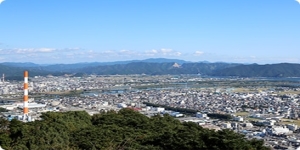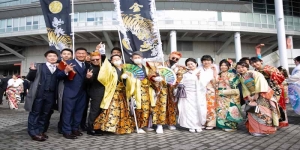Sentō 銭湯: A Journey through the Public Baths of Japan
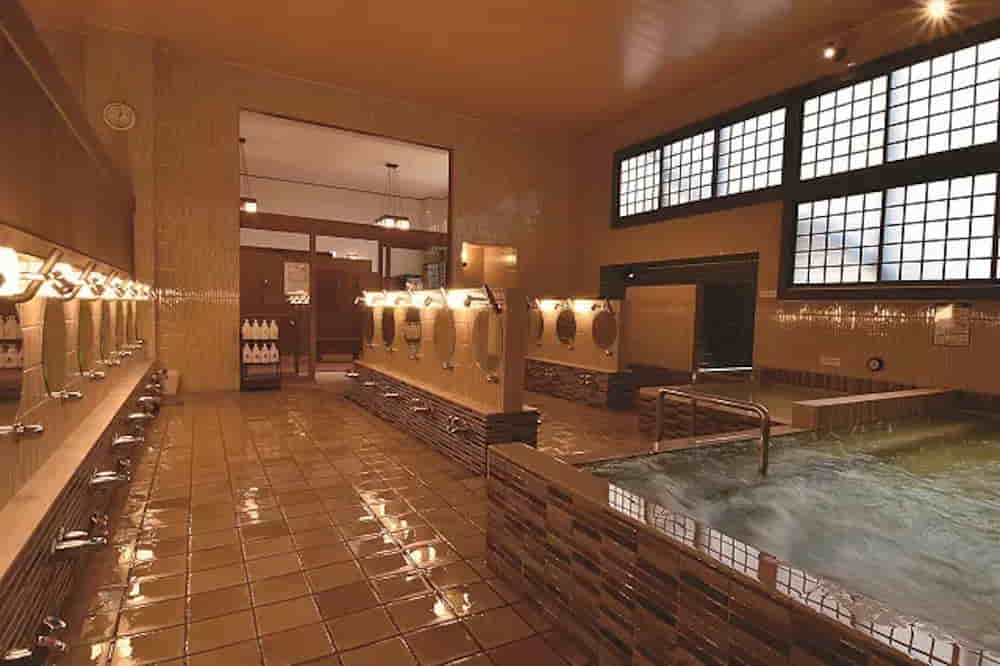
The sento 銭湯, or Japanese public baths, are a fundamental element of Japanese culture, is possible find traces of them as early as the 6th century. These places are not only intended for personal cleansing or relaxation, but also serve as a social hub where people meet and chat. They are very well known in Japan and in the world. Outside Japan they are often remembered because they appear in many films, drama and anime and giving us an interesting insight into Japanese society.
History and Social Meaning
Traditionally, the Sento were quite simple and practical, with a high divider separating male and female within a large room, a minimum of taps lined up on either side, and a single large bath where enter after soaking once washed, like in the onsen.
Please remember that there is a precise etiquette to follow as well as for onsen, in our article on one of the most well-known onsen in Beppu you’ll find the "good manners" for enjoying the baths.
Things began to change after the Second World War, when the number of shared bathrooms decreased, because more Japanese residences began to have private bathrooms, marking the slow closure of structures that failed to innovate or re-invent.
Although they seem like a memory of the past, some Japanese attribute great social importance on frequenting public baths, based on the theory that physical closeness/intimacy leads to emotional intimacy.
Others frequent stents because they live in a small housing structure without a private bathroom, or to enjoy a bath in a spacious room while relaxing in the saunas or with the other activities that often accompany new or renovated centos.
The Sento and Onsen
There is another type of Japanese public bath, the onsen, which uses hot water from a natural hot spring. Generally, the word onsen indicates that the facility has at least one bath filled with natural hot spring water. However, throughout the Kansai region of Japan, the word “onsen” is also commonly used as a name for tanto.
The sento in Kansai that have access to a hot spring are often distinguished from regular ones because you may find a similar entry “natural hot spring” (天然温泉) in their signage or facility information.
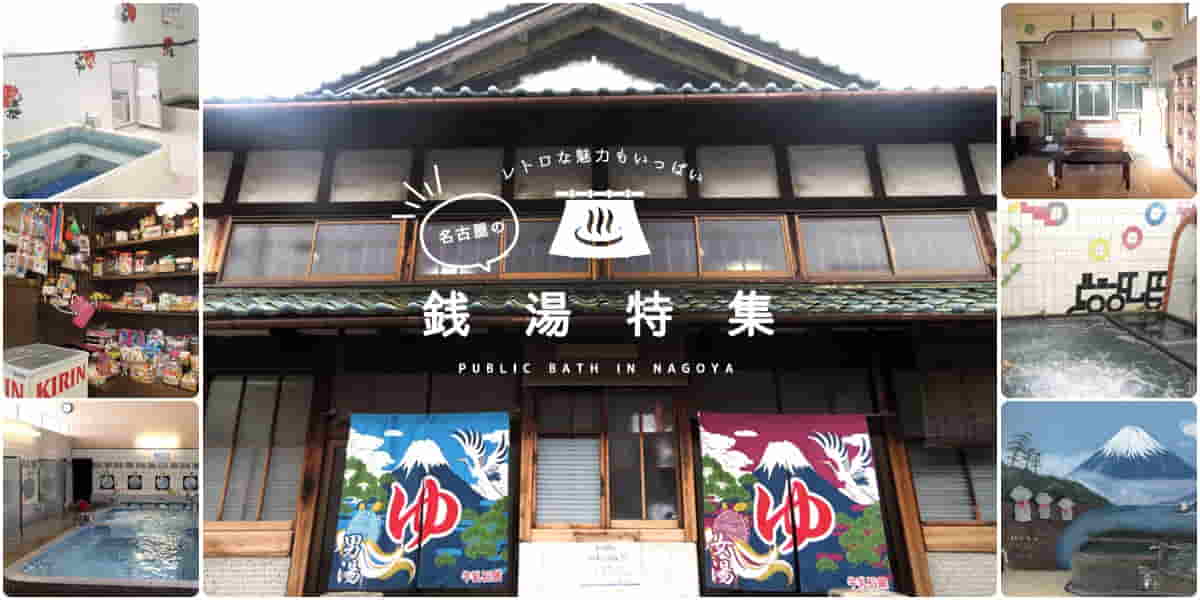
Most sento, which are usually located in the center of a city, use running water from the municipal water system. While for onsen, they usually find them located near a mountain (often volcanic due to the heat that warms the waters), they contain various minerals and must comply with the standard established by law. However, it happens that some sento often add artificial bath salts or powders, various herbs, milk or even sake to the water to improve the effects of the bath and to approximate the characteristics of Onsen.
Here some of the best felt in Japan, especially in Tokyo:
Jakotsuyu [Asakusa]: Popular I feel located in the alleys of Asakusa, one of the most popular tourist spots in Tokyo. Hot water is supplied by groundwater. In this structure there is also the possibility of taking a bath in one of their outdoor tubs.
Daikokuyu [Kita Senju]: Also known as the King of Sento offers a unique experience to its visitors. The building was built during the early Showa period with Karahafu architectural style roofs. You will find yourself transported back in time.
Daikokuyu [Sumida Ward]: This wonderful sensation is among the best in Tokyo to experience and enjoy the Japanese public bath experience. Designed with a classic layout, the centerpiece of this bathroom is a magnificent mural of Mount Fuji. I'm sure that many of you fans of Japanese anime, dramas and films will not have missed some scenes in which this bathroom is present.
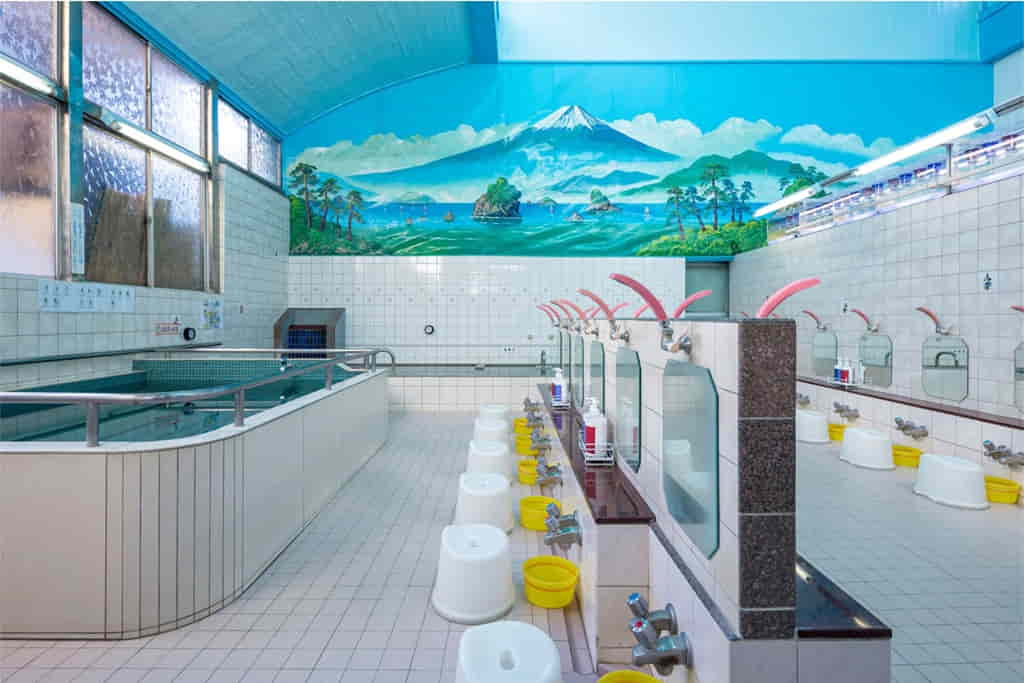
The sento Today
Today, sento continue to play an important role in Japanese society. Even though their number is increasingly reduced, in my opinion they will never disappear completely. After a long day of visiting the temples or walking, there is no better way to relax than to immerse yourself in a good sento even if you have a shower or bathtub in your hotel.
Be careful, however, many public bathrooms (if not almost all) do not allow access to the tubs for those with a tattoo. It doesn't matter if you are Western and for us the tattoo has a different meaning, you’ll not be allowed to enter (as happens in many Onsen).
Sento represent a fundamental element of Japanese culture, offering not only a place for cleansing and relaxation, but also an important social hub in which to socialize, a moment to be together (it happens that an entire family uses it).
What do you think? Have you ever seen any of them? or even tried? Let us know your experience.
Image source:
www.chintai.net
itsyourjapan.com
www.nagoya-info.jp

 English (United Kingdom)
English (United Kingdom)  Italiano (it-IT)
Italiano (it-IT) 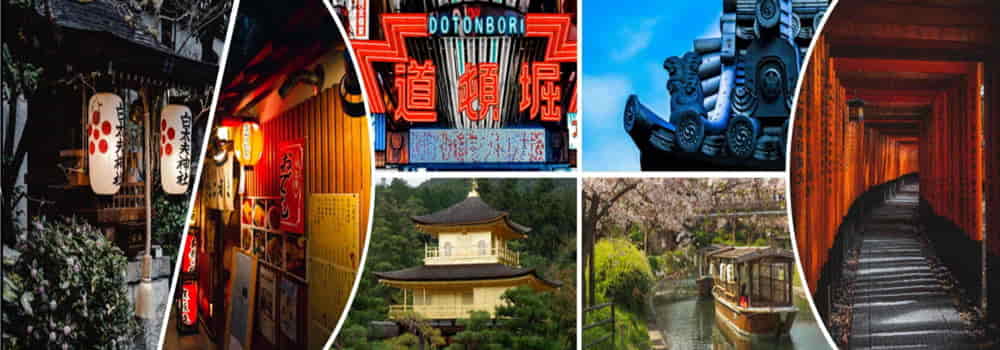


![[Review] Princess Toyotomiプリンセス トヨトミ](https://www.fukainihon.org//cache/mod_jt_contentslider/fdfb524f85518b9476158c79c8ea022f_328.png)
